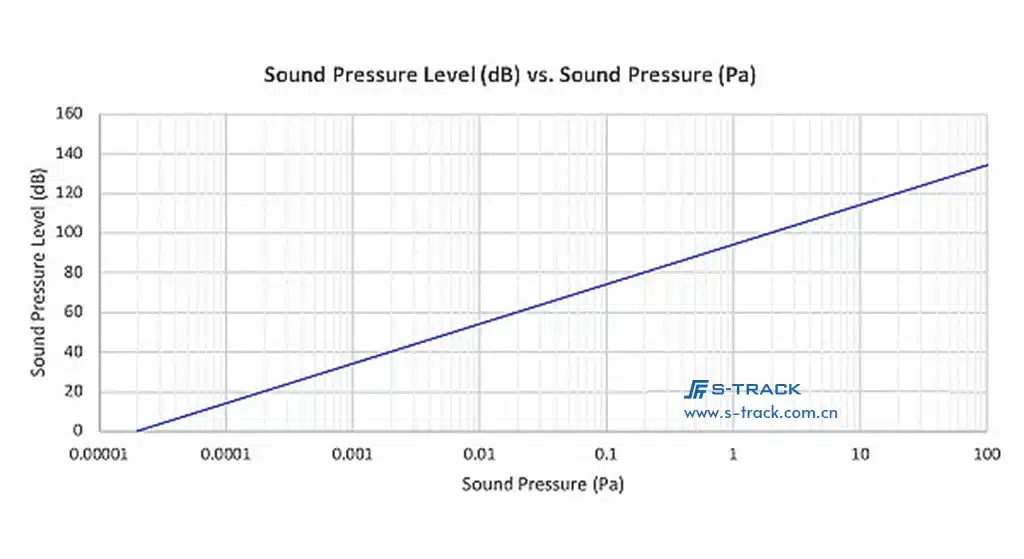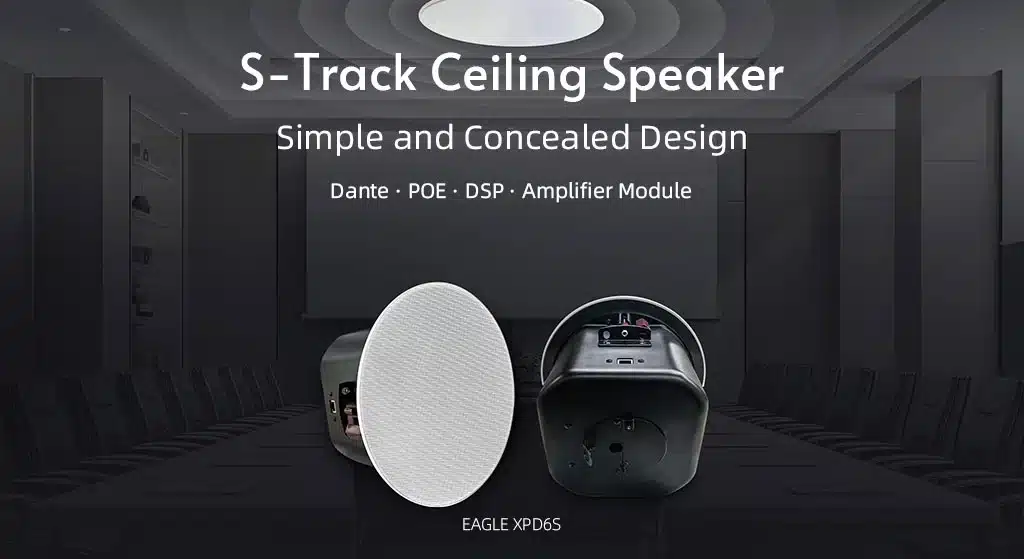In our previous article, we uncovered how audio works within a sound system. Whether we’re enjoying music, watching a movie, or attending a live performance, we all desire a high-quality auditory experience from these systems. One crucial factor influencing sound quality is Sound Pressure Level (SPL) Uniformity.

Today, let’s delve deeper into this important aspect of audio systems.
As sound waves travel, they cause variations in air density, creating pressure changes known as Sound Pressure. This is measured in Pascals (Pa) or Newtons per square meter (N/m²), where 1 Pa = 1 N/m². The Sound Pressure Level (SPL) quantifies these pressure changes, typically expressed in decibels (dB), and is commonly used to compare sound intensities. The conversion formula from Sound Pressure (P) to Sound Pressure Level (Lp) is: Lp = 20 log (P / P₀), where P is the measured sound pressure and P₀ is the reference pressure.

Sound Pressure Level Uniformity refers to the degree of variation in SPL across different locations within a specific space. Ideally, SPL should be as consistent as possible throughout the area, ensuring even sound coverage and a balanced listening experience for everyone in the audience, regardless of their position.
When calibrating audio systems, specific SPL variation standards are applied based on the venue type. For most professional settings like concert halls and theaters, an ideal standard is a variation within ±3 dB, meaning the difference between the highest and lowest SPL readings should not exceed 3 dB. In smaller or specialized rooms, designers might accept variations up to 10 dB for greater flexibility. In large venues like stadiums or for outdoor events, where background noise and environmental factors play a significant role, variations between 10 dB and 15 dB might be acceptable.
Measuring SPL requires a specialized tool – a Sound Level Meter, which displays real-time SPL readings. To assess uniformity:
If ΔL ≤ 3 dB, SPL uniformity is considered good. If ΔL > 3 dB, further system adjustments and optimization are needed.
Key factors influencing SPL uniformity include speaker placement, room acoustics, and ambient noise.
Case Study 1: Concert Hall

Case Study 2: Outdoor Music Festival
Conclusion
Sound Pressure Level Uniformity is a critical factor in audio system design and calibration. Through strategic speaker placement, careful consideration of room acoustics, and proper measurement techniques, we can significantly enhance SPL uniformity. This ensures a superior and consistent auditory experience for the audience, whether in a controlled concert hall or a dynamic outdoor festival environment, ultimately leading to greater listener satisfaction and enjoyment.
400-900-2726
9th Floor, 1B, Shangzhi Technology Park, Guangming District, Shenzhen City, Guangdong Province, China
Copyright © SHENZHEN S TRACK SCIENCE TECHNOLOGY CO., LTD